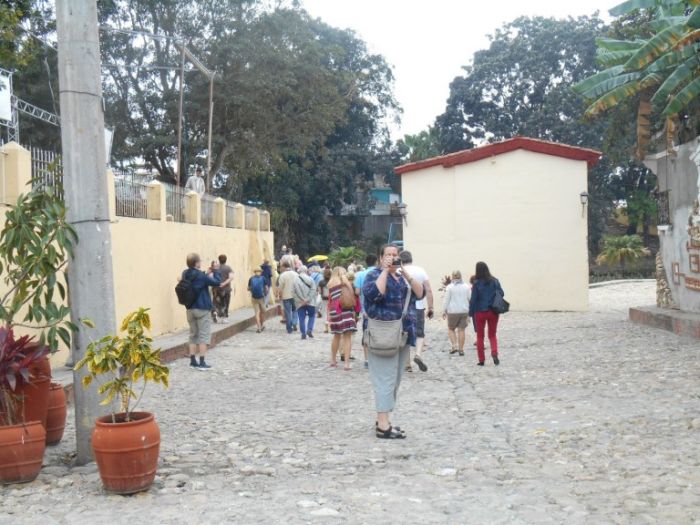
The ancient city of Sancti Spiritus, considered by many as a rough diamond in the center of the island, hopes to finally be engaged in the tourism sector as God commands
If something must be rearranged when writing the history of Sancti Spíritus from 2014 to date is the bunch of epithets that for centuries associated the city with bucolic pictures, lagging behind in comparison with its homologous neighbors, with no other choice than withdrawing into itself until becoming “the most medieval of our early populations”, as labelled by Dr. Alicia García Santana.
Although at the end of the eighteenth century the village was not even able to disturb the muses of the most unfortunate engraver, today’s tourists feed the ego of the territory in a sort of assault when clicking their cameras ready to show the world the colonial buildings, the antediluvian houses and spots deep inside the forest.
Before the hustle and bustle for the half-millennium commemoration, it was difficult to hear visitors talking of locations others than the bridge over Yayabo River, the arch construction of the Iglesia Mayor, or the one hundred door museum. This city was majorly regarded as a sort of bridge between the nearby villages o Trinidad and Remedios.
Officials from the Ministry of Tourism (Mintur), private sector workers, heads of travel agencies based in Havana and tourism guides have told Escambray their opinions concerning the current effervescence of the territory.
Many of them agree that restoring the city on the occasion of its anniversary allowed a new life in the historic center, which had for long been quiet and without much attraction. Tourists now feel motivated to visit the village and to stay longer. The colonial area of the town is very cozy, and its boulevard is quite lively.
According to Reiner Rendón Fernández, delegate of the Ministry of Tourism (Mintur) in the province, some indicators are yet to be met, such as the amount of nights tourists spend in local hotels, but favorable changes are already happening.
Roberto Villotch Fernández, director of the Office of Monuments and Historical Sites of the Provincial Center for Cultural Heritage, referred to some suggestions aimed at boosting the usual bridge–Casa de la Guayabera–Iglesia Mayor–boulevard–Serafín Sánchez Park tour, or vice versa. This would allow tourists to better admire the beauties of the city, to have a closer view of the people of the city and to enjoy a tourist product where heritage is valued from another perspective.
In Villotch’s opinion, we are not making the best of our potentialities. “We’re running out of time —he said—. Many buildings, such as the church of Jesús Nazareno and the Guairo alley could be turned into attractive sites for tourist purposes. It’s not all about hotels because that would mean creating dead zones. We have expressed our concerns in different scenarios, but we have achieved nothing. Tourism and heritage must go hand in hand, not be seen as isolated entities”.
Reiner Rendón said that Mintur is aware of the proposals made by local bodies and some of them are already under analysis like tours around the Botanical Garden and several other scientific institutions. The possibility of visits to some tobacco factories is much nearer. There is also the Lagos de Mayajigua resort, which could be better exploited, he added.
So, the village of Sancti Spiritus, considered by many as a rough diamond in the center of the island, hopes to finally be engaged in the tourism sector as God commands. But miracles also demand sacrifice, dialogue and negotiations, in order to provide a happy end to the story.
Photos: A. del Valle
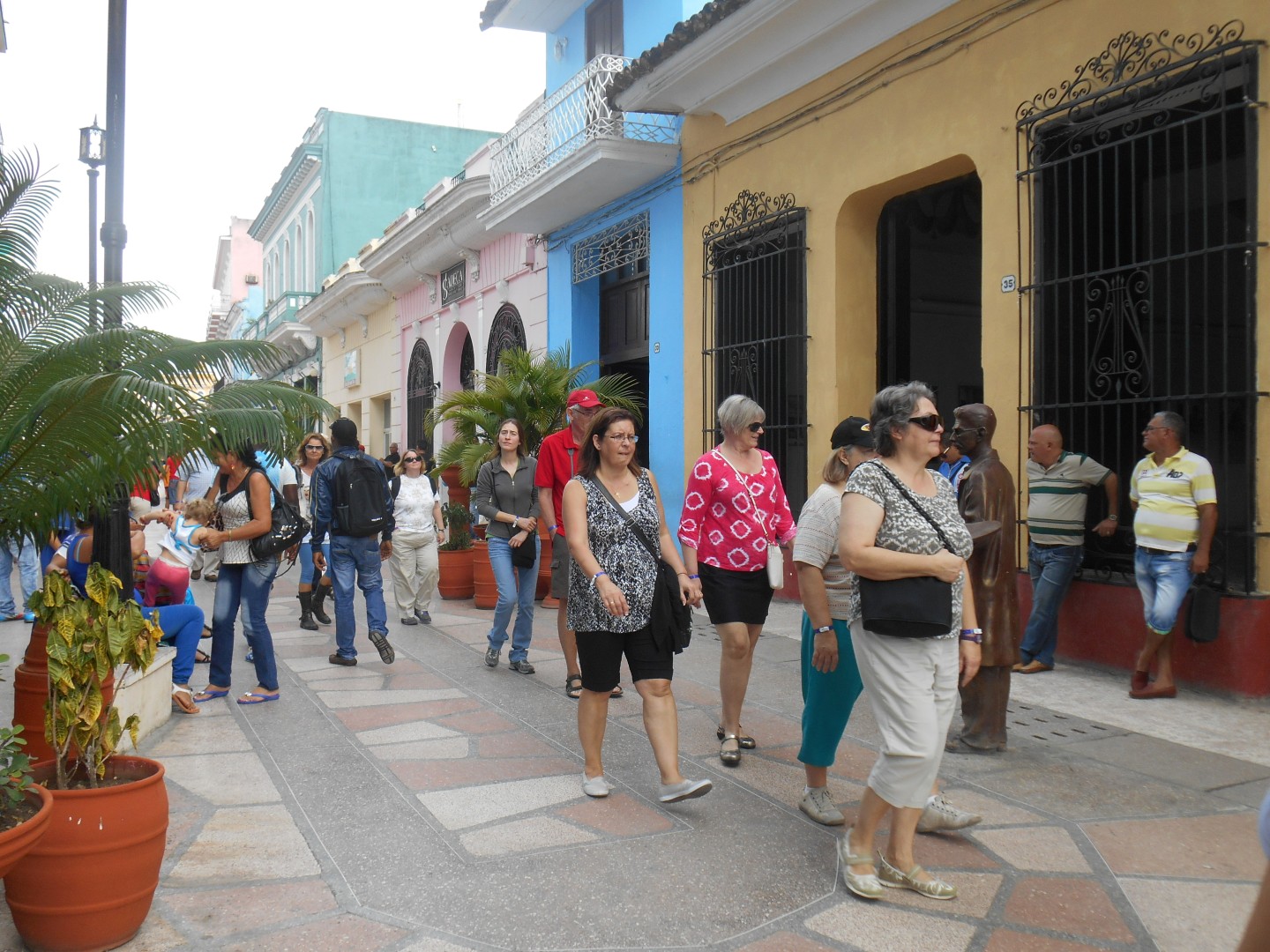
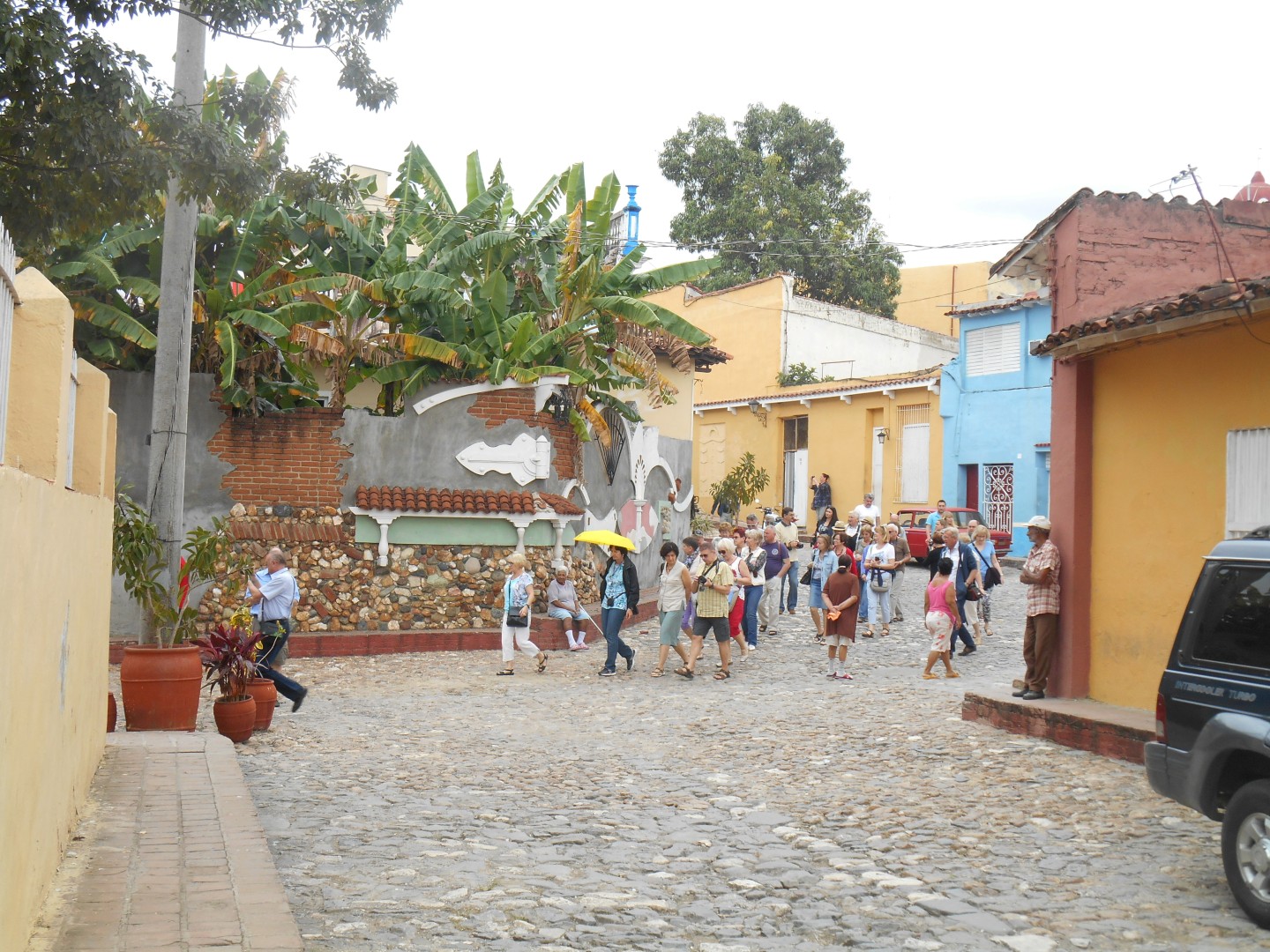
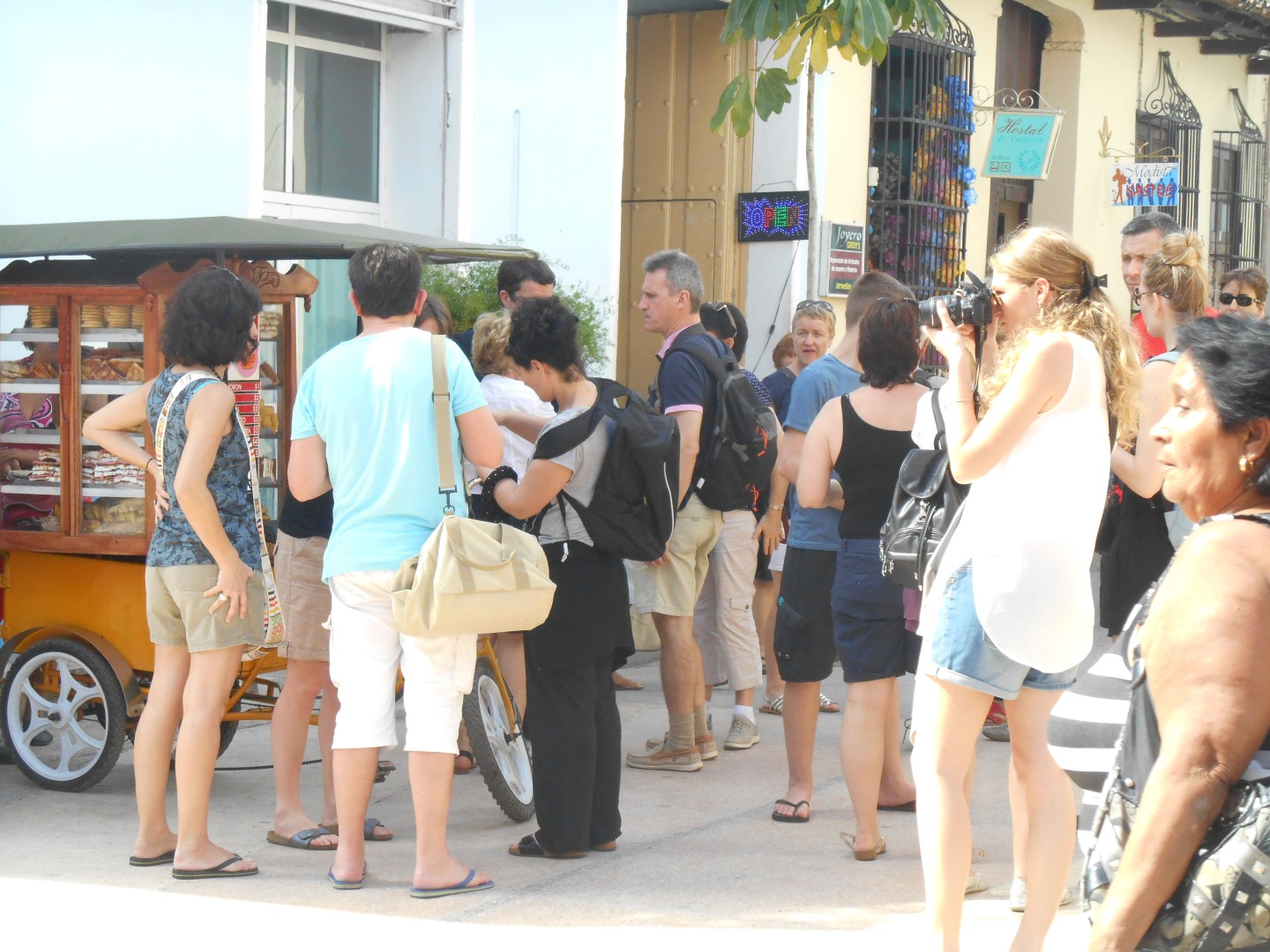
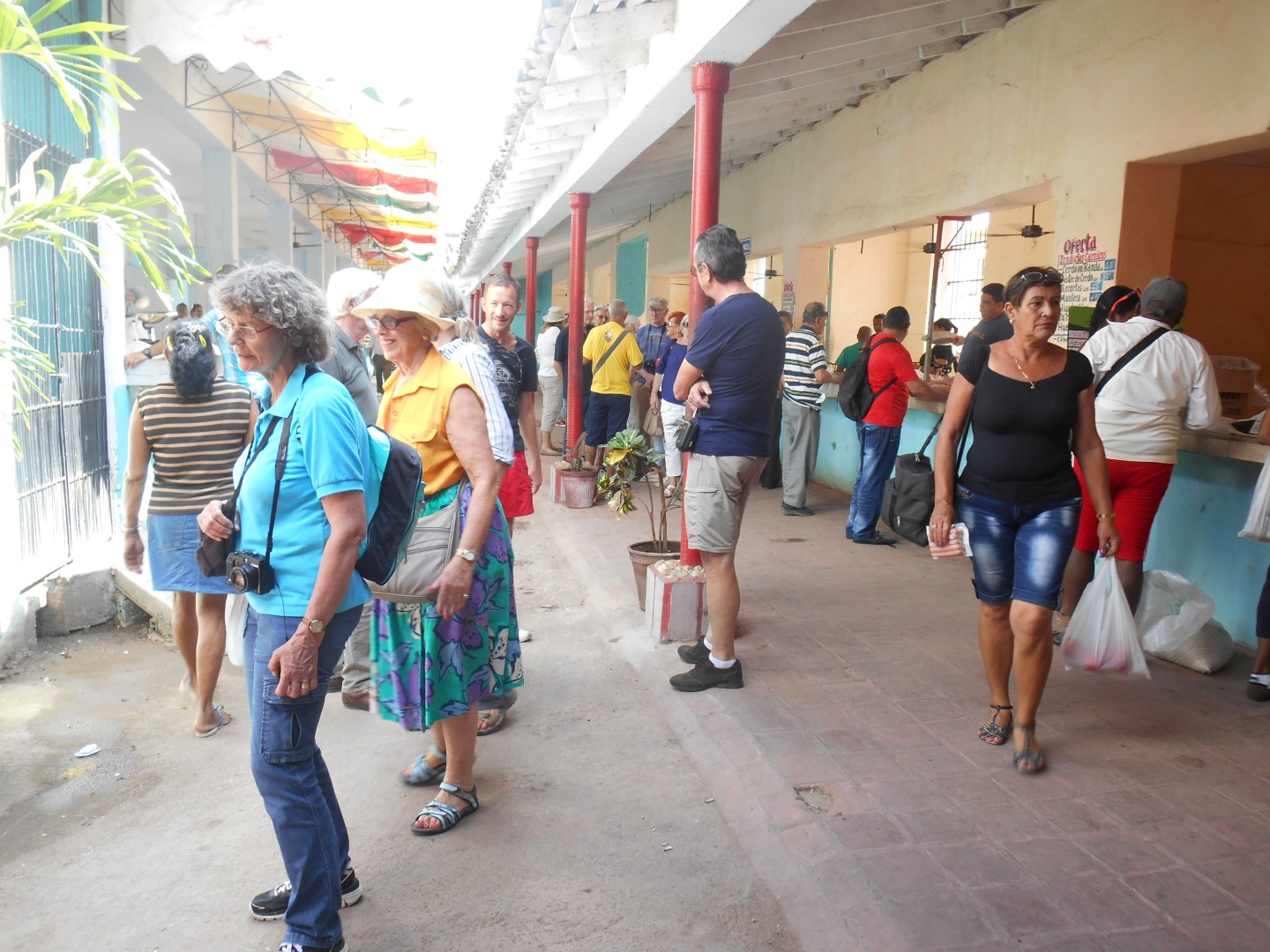
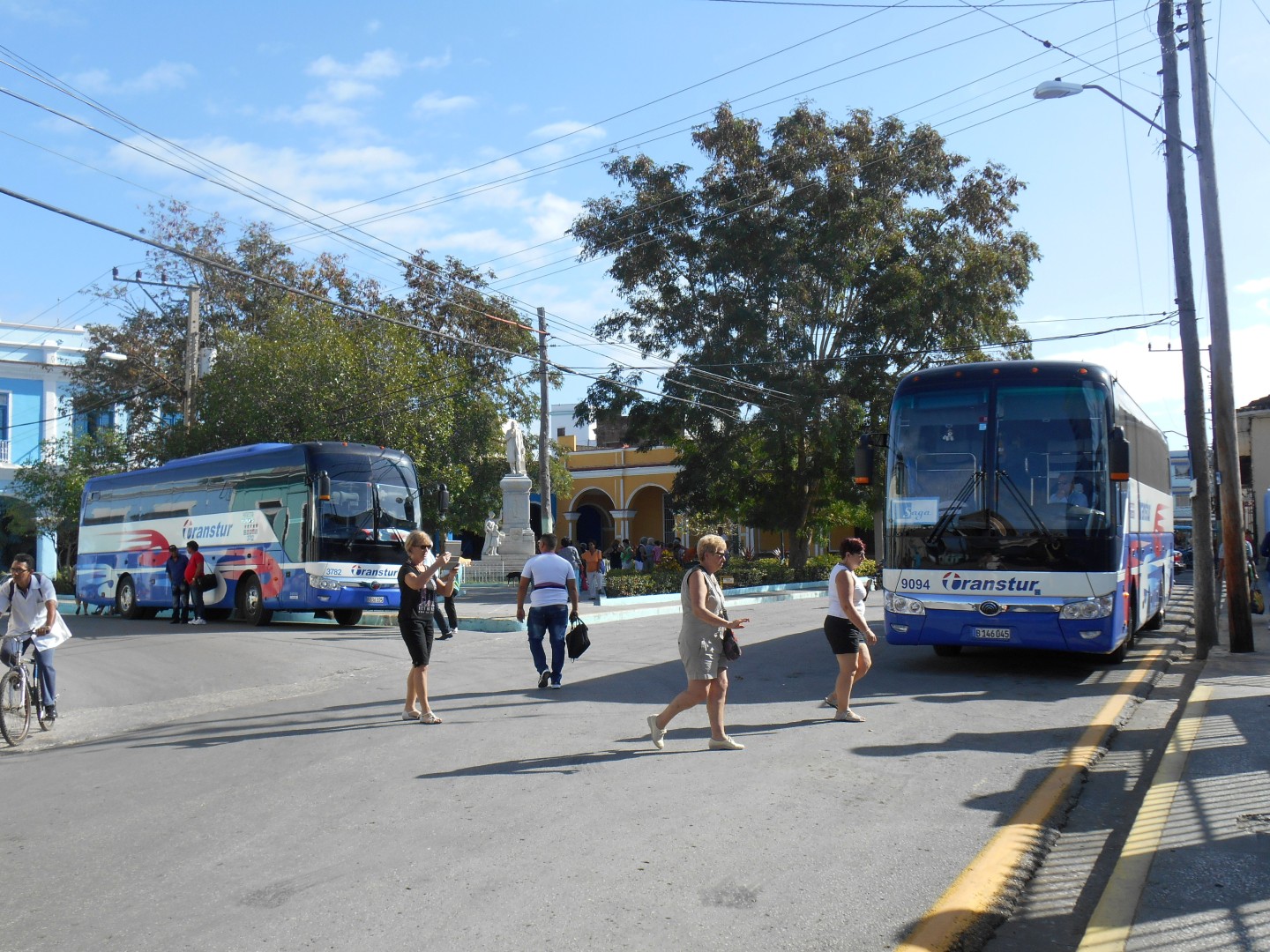
 Escambray ENGLISH EDITION
Escambray ENGLISH EDITION





Escambray reserves the right to publish comments.